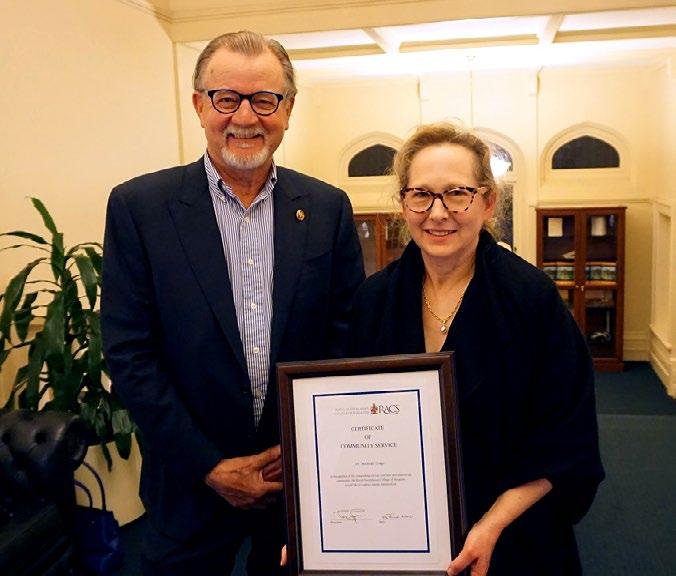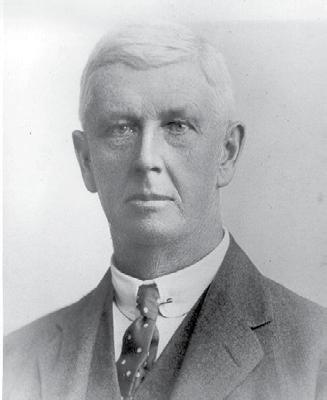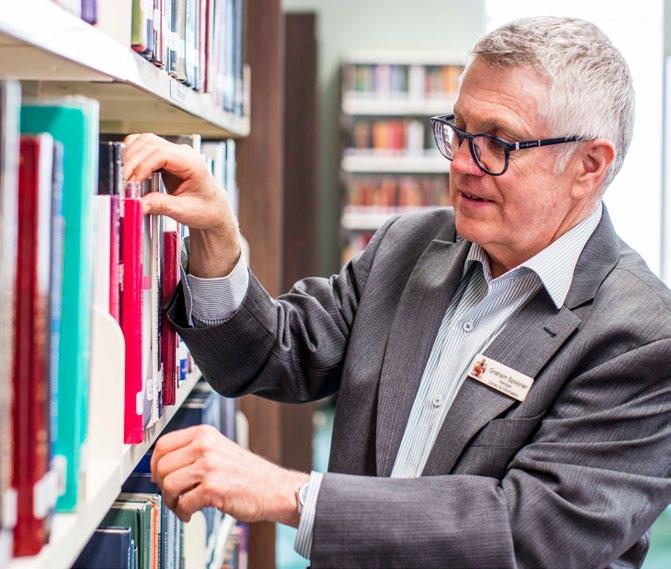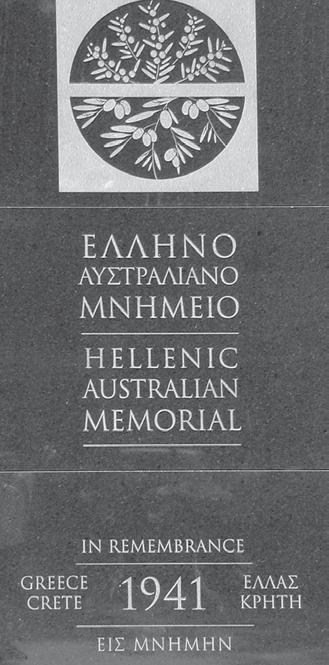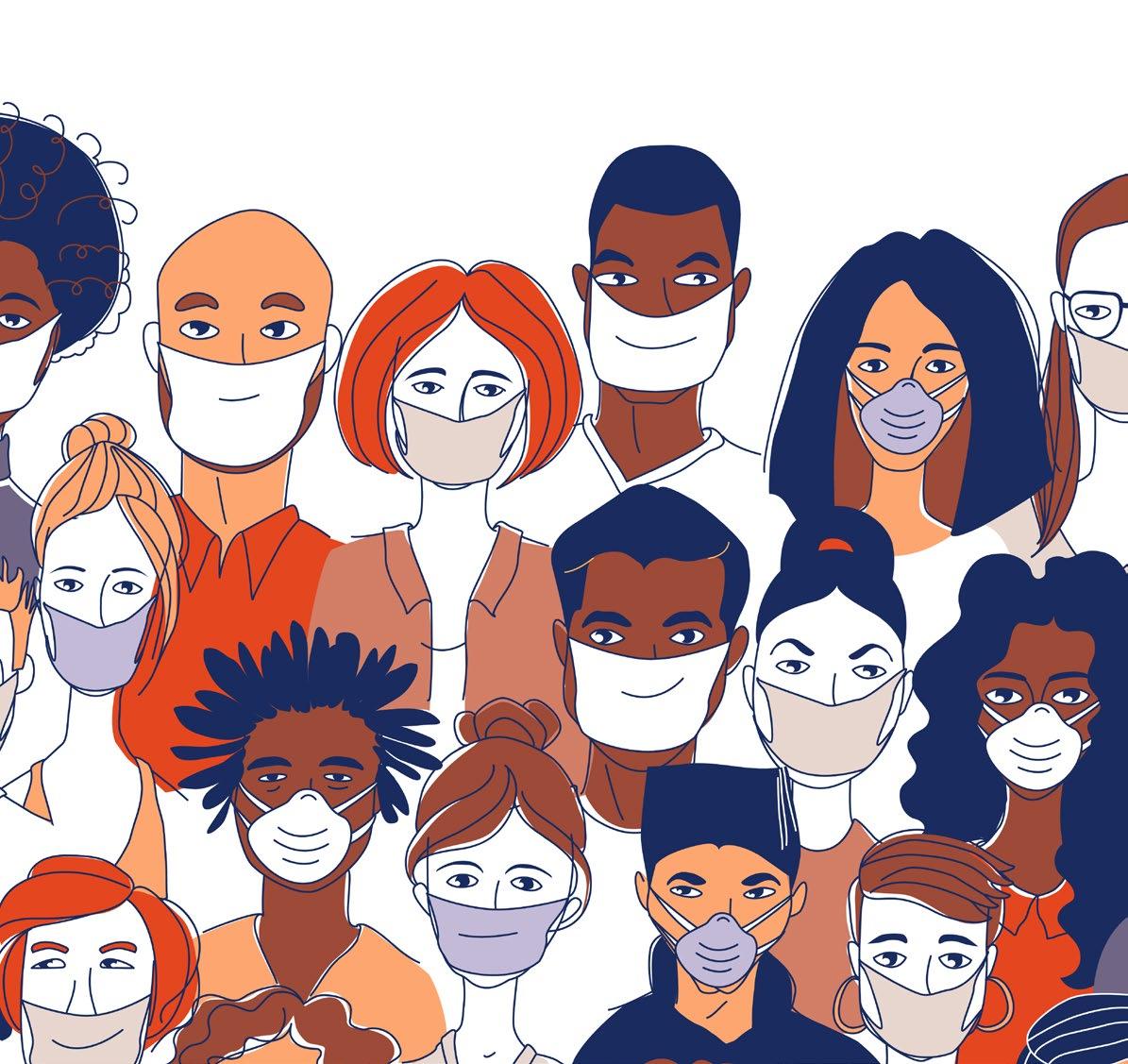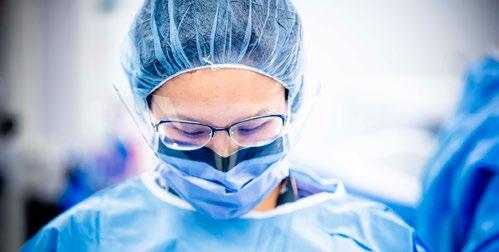
4 minute read
Evidence for surgery
Evidence for surgery in a COVID-19 world
In April 2020, to support surgeons in Australia and New Zealand, the Royal Australasian College of Surgeons (RACS) produced evidence-based guidance on topics of relevance to surgeons during the COVID-19 pandemic. COVID-19 has forced surgical services to evolve. During the initial peak activity of COVID-19 (March 2020), a reduction in surgical services was imposed to restrict operations to only those most urgent. Many published recommendations to guide surgical practice during the pandemic have been based on expert opinion. There is a clear need for recommendations to guide surgical practice to be based on high-quality evidence.
Advertisement
RACS initiated a review of the safety of laparoscopic surgery following the March release of the ‘Updated Intercollegiate General Surgery Guidance on COVID-19’ from United Kingdom Colleges. This document recommended that laparoscopic surgery should be avoided. However, our review1 did not support this position, stating that, ‘There is no current evidence that laparoscopy presents a greater risk to the surgical team in the operating room than open surgery, with respect to viruses, but it is important to maintain a level of caution due to the possibility of aerosolisation.’ Other recommendations supported limited use of lower energy devices and for all procedures to use an appropriate capture device to reduce exposure to surgical plume. For laparoscopic surgery, advice was for desufflation of pneumoperitoneum to be performed via an appropriate suction device attached to a high-efficiency particulate air filter. During surgery, all bodily tissues and fluids should be treated as a potential source of COVID-19.
Personal protective equipment (PPE) was reviewed in the surgical setting2, not only to ensure the safety of operating theatre staff, but also to ensure efficient use of resources. At the early stages of the pandemic, there was concern about supplies of PPE. The guidance developed from the rapid review reinforced the minimum threshold for PPE use by healthcare workers in the treatment of COVID-19 patients. Appropriate PPE is essential, given the virus’ transmission capabilities. Surgical staff should wear full PPE, including a surgical P2/N95 respirator, and eye and head protection during operations on patients with confirmed COVID-19, in addition to surgical emergencies and aerosolgenerating procedures where the patient has not been confirmed as COVID-19 negative. Staff must have formal training in the use of PPE, and should be supervised by a colleague during donning and doffing. Patients with suspected or confirmed COVID-19 should wear a surgical mask during transfer to and from theatre.
Surgical triage was considered important, especially at the early stage of the pandemic, to guide the selection of cases that could be conducted with safety. In April 2020, a working group produced recommendations from the rapid review of existing guidelines,3 stating that urgent surgery should continue throughout the pandemic, with a staged return of elective surgery aligning with a decrease in COVID-19 caseload.
Preparation for a potential future surge in COVID-19 cases was considered crucial, and was borne out by the subsequent Victorian experience. A case-by-case assessment of the need for surgery should incorporate the patient’s health, risk of COVID-19, and the supply of hospital resources. Multidisciplinary care and initial assessments by senior consultants should be implemented wherever possible. An ‘Advised Schema for Elective Surgery Triage’ was also developed to address situations where elective surgery was appropriate. A staged approach was suggested to enable a careful expansion of elective surgery, which, if COVID-19 escalated could be rolled back relatively quickly. The initial literature searches for these three rapid reviews have been repeated weekly since early in 2020, as part of a medical student’s (Joshua Kovoor) Honours thesis. This has enabled updated literature to be included in revised rapid reviews. Interestingly, despite the large amount of evidence produced there have been no significant changes to the original recommendations.
Recently, RACS was included as a member of the National COVID-19 taskforce, and we are working with the Living Evidence Consortium, which supports the committees of the taskforce. Professor Mark Frydenberg is the RACS representative on this group and he will report more on this in the next issue of Surgical News.
Professor Guy Maddern, Surgical Director of Research and Evaluation incorporating ASERNIP-S
REFERENCES
1. Tivey DR, Davis SS, Kovoor JG, Babidge WJ, Tan L, Hugh TJ, Collinson TG, Hewett PJ, Padbury RTA, Maddern GJ. Safe surgery during the coronavirus disease 2019 crisis. ANZ Journal of Surgery. 2020;90: 1553-1557. doi:10.1111/ans.16089. Accessed 11 October 2020. 2. Tan L, Kovoor JG, Williamson P, Tivey DR, Babidge WJ, Collinson TG, Hewett PJ, Hugh TJ, Padbury RTA, Langley SJ, Maddern GJ. Personal protective equipment and evidence-based advice for surgical departments during COVID-19. ANZ Journal of Surgery. 2020; 90:1566–1572. doi:10.1111/ans.16194. Accessed 11 October 2020. 3. Babidge WJ, Tivey DR, Kovoor JG, Weidenbach K, Collinson TG, Hewett PJ, Hugh TJ, Padbury RTA, Hill NM, Maddern GJ. Surgery triage during the COVID-19 pandemic. ANZ Journal of Surgery. 2020;90:1558–1565. doi:10.1111/ans.16196. Accessed 11 October 2020.

